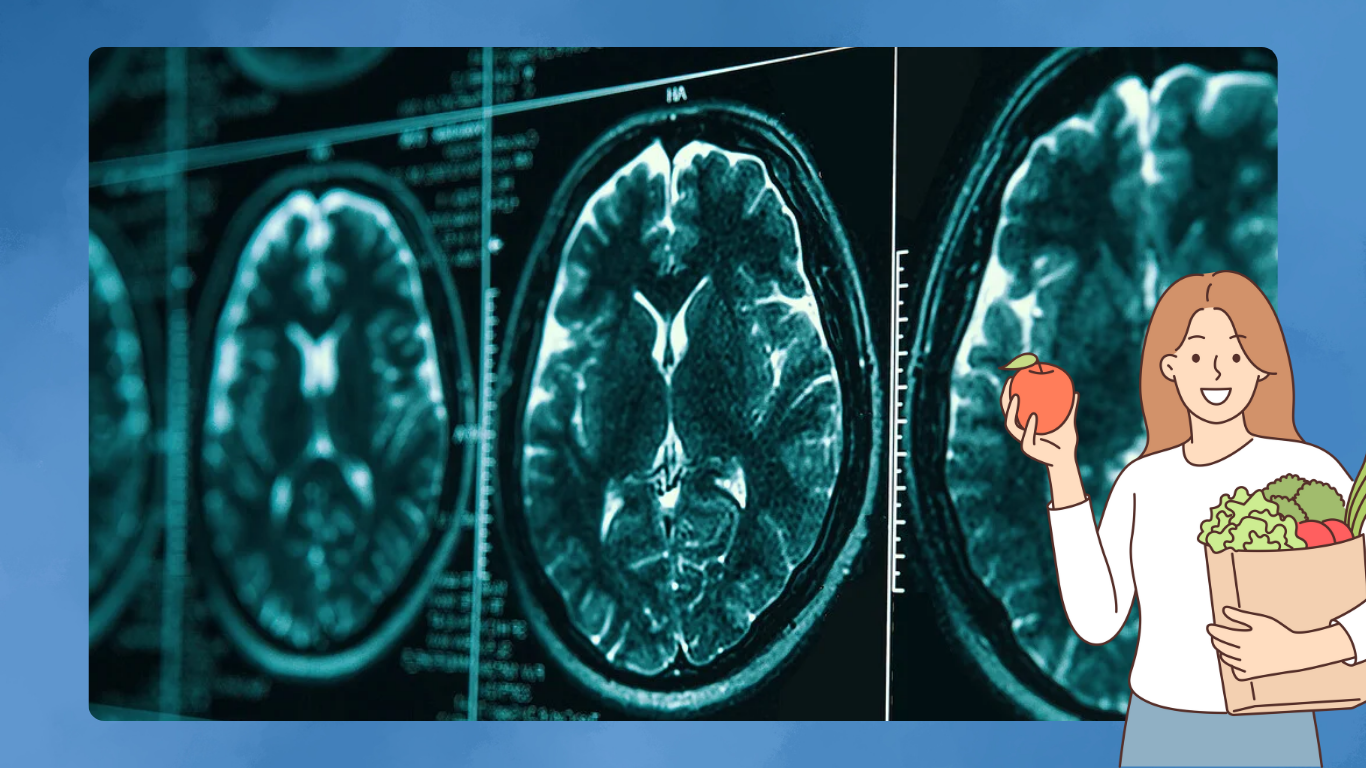As you stand in the cereal aisle, you’re torn between a healthy bran option and a sugary chocolate-flavored alternative. Your hand hovers for a moment before making the final grab. But even in those last few seconds, your brain is still evaluating the pros and cons, influenced by factors like your last meal, the health star rating, a catchy jingle from an ad, and even the colors on the box.
What Hand Movements Reveal About Decision-Making

There has been ongoing debate within neuroscience on whether a person’s movements can be altered after the brain has initiated a “motor plan.” Our research, published in Scientific Reports, indicates that movements can indeed be changed mid-action, and these changes align with incoming sensory information.
To study how decisions unfold over time, we tracked participants’ hand movements as they reached for different options displayed in images. For instance, in response to the question “Is this picture a face or an object?”, hand trajectories varied based on the difficulty of the choice. When choices were straightforward, hand movements were direct. However, for harder choices, new information prompted the brain to reconsider, and this was reflected in the hand’s path.
Comparing these hand movement trajectories to brain activity recorded via neuroimaging, we found a strong correlation. The timing and amount of evidence for the brain’s ongoing evaluation matched the hand movement patterns, showing that reaching movements are influenced by continuous thinking and decision-making.
This research suggests that tracking movements can provide a cost-effective and scalable method for studying the brain’s decision evaluation processes, potentially reducing reliance on large, expensive brain scanners.
Implications for Consumers and Marketers
For consumers, understanding that our brains continually reassess decisions we might consider “final” can increase awareness of our choices. While the impact on simple decisions, such as choosing a breakfast cereal, may be minor, it becomes significant for long-term decisions like selecting a mortgage.

Marketers, on the other hand, have long understood that many purchase decisions are made on the spot. They employ strategies like attractive packaging and strategic product placement to influence decisions. Our research can help marketers refine these strategies by providing insights into how consumers’ brains process information up to the last minute.
Opportunities for Further Research
Future studies could explore how various types of information, such as environmental cues or memories, affect this continuous decision evaluation process across different demographics. For instance, how do decision-making processes vary with age?
Our findings that hand movements reflect the brain’s decision-making process could lead to more efficient and cost-effective studies in the future. Additionally, this knowledge could be used to enhance public strategic messaging, making campaigns on issues like vaping or superannuation scams more effective for specific age groups.
New Insights and Future Directions
Building on these findings, new research could investigate the role of emotions and subconscious biases in this decision-making process. For instance, how does stress or fatigue influence last-minute decision changes? Additionally, exploring cultural differences in decision-making could provide valuable insights for global marketing strategies.
By delving deeper into these aspects, we can gain a more comprehensive understanding of human behavior, ultimately benefiting consumers and marketers alike. This knowledge can pave the way for designing environments and interventions that support better decision-making, enhancing overall well-being.
Ultimately, our research underscores the complexity of decision-making and the continuous interplay between our brains and actions, highlighting the potential for innovative approaches to studying and influencing human behavior.
Conclusion
Understanding that reaching for a product involves a dynamic decision-making process, influenced by numerous factors, can empower us to make better, more informed choices with more favorable outcomes. This research highlights the potential for innovative approaches to studying and influencing human behavior, ultimately benefiting both consumers and marketers.

Subtly charming pop culture geek. Amateur analyst. Freelance tv buff. Coffee lover
